Documenting Dandelions: Artist Ben Denzer Catalogs Springtime Blooms
Jessica Bussmann July 1, 2021 Art
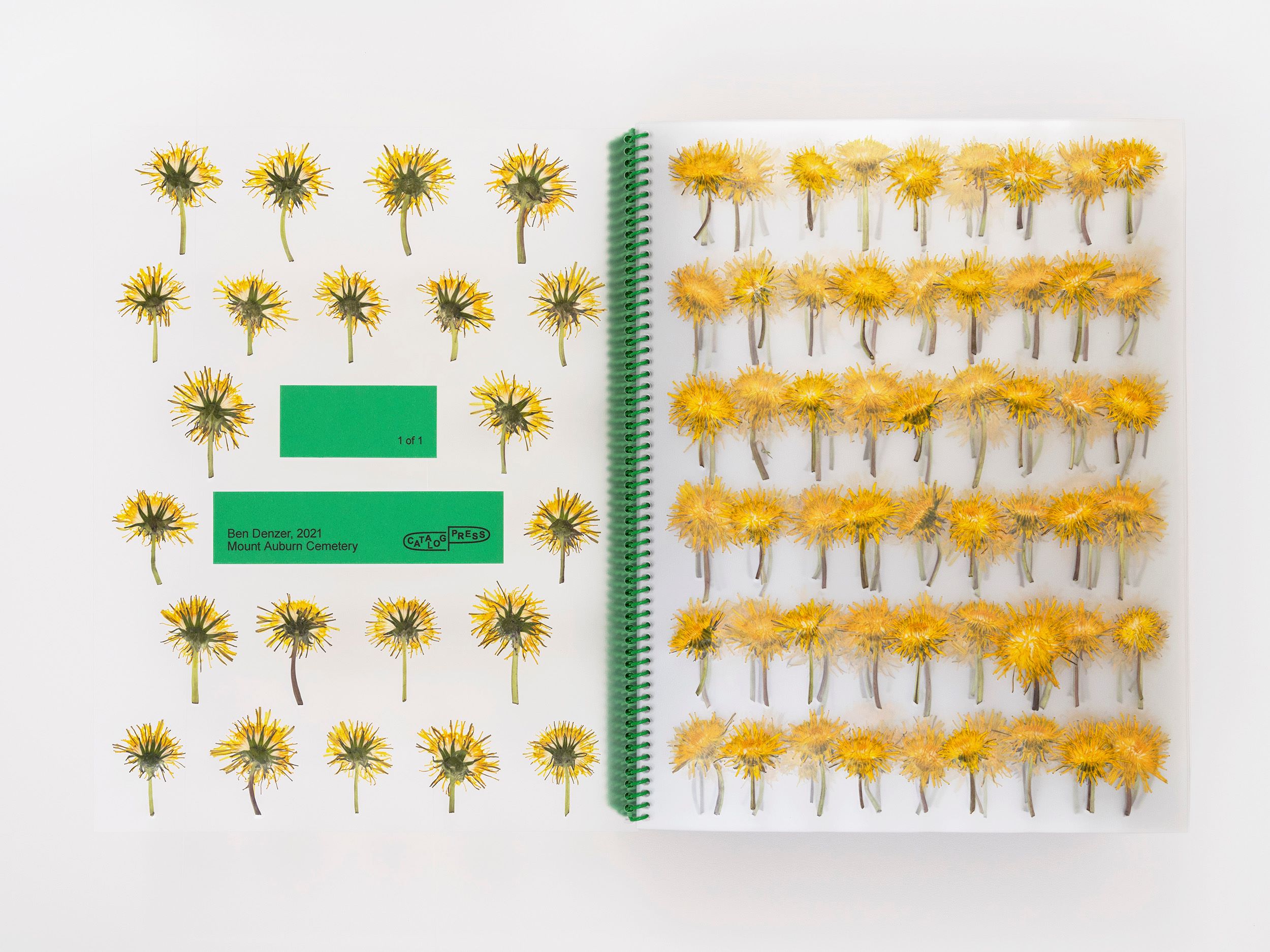
In 2021 we made mini-grants to five artists to create original works inspired by the Cemetery during a one-year period. Each of the selected artists created an original project rooted in their experiences at Mount Auburn. Meet Ben Denzer discussing his project, “6,000 Dandelions.” This interview was originally published in June 2021.
______________________
Tell us a little bit about yourself and your art.
I’m an artist, designer, and publisher. I studied architecture and visual arts at Princeton and worked as a book cover designer at Penguin. I currently have a freelance design and illustration practice, teach, and make art that explores the form and idea of “the book.” You can see more of my work at bendenzer.com.
Your work often focuses on documenting collections and making books from atypical materials. Can you talk about that and talk about the book you are making for Mount Auburn.
I’m interested in how information is cataloged and preserved. I’ve been making books that explore these ideas and publishing them through my small edition press Catalog Press (catalogpress.org). The books are catalogs of words, images, and physical objects. Some titles include 400 PEOPLE FROM DETROIT, 222 TWO DOLLAR BILLS, 12,000 SKIN CELLS, and 20 SLICES OF AMERICAN CHEESE.
As an artist-in-residence at Mount Auburn, I’m making a book that catalogs pressed dandelions.
Can you talk about the process that you’ve developed to create this book (i.e foraging, pressing, laminating pages, binding into a book)?
The first step was to gather the dandelions. At the beginning of May, dandelions were everywhere in the Cemetery, small monuments themselves along the graves in the landscape. For a little over a week (the main dandelion bloom happens in a relatively short period of time), I spent a large part of each day walking the Cemetery grounds foraging and cutting. I collected around 6,000.
The process of pressing involves applying pressure to the dandelions between layers of newsprint, cardboard, and wooden boards. The newsprint needs to be changed periodically, the cardboard is oriented so the corrugation allows air to flow through the press, and a fan is used to facilitate drying.
I’m working now to laminate the pressed flowers between plastic sheets. For this, I’m carefully placing the flowers on adhesive sheets and sealing them through a manual roller. Once this process is complete, I’ll cut the sheets and spiral bind them together.
Why did you choose dandelion flowers? Is there a deeper meaning to the choice, or was it purely visual?
I wanted to make a book that holds and preserves – memorializes in a sense – some of the transient natural beauty that happens each year at Mount Auburn. On different time scales, everything turns to dust. The stone monuments slowly degrade over time, Mount Auburn’s visitors do so at a slightly quicker pace, and the flowers have a life and death cycle that’s even faster and more apparent to us.
To me, dandelions are the purest example of this transition. They bloom quickly at the beginning of spring, are bright and yellow, and then they’re suddenly gone, turned to seeds that blow and spread in the wind. I wanted to try to hold onto the beginning of that cycle.
As you’ve been working on your project for Mount Auburn, have there been any experiences that have stood out for you so far?
Gathering the dandelions, walking the Cemetery, noticing the names and details of the graves, hearing the wind and the birds, was a very relaxing and peaceful process.
What is your favorite place at Mount Auburn?
More than a specific place, my favorite thing is walking through and between the all the different environments. There’s always something new to notice, be that a beautiful plant, a chipmunk, or a detail on a grave.
What other projects are you working on right now?
Along with my freelance design and illustration work (I just made and photographed three vegetable Birkin bags – in cucumber, asparagus and cabbage).
I’m also an artist-in-residence at the Broad Institute, where I’m putting together a series of book objects exploring the fascinating scientific research happening there.

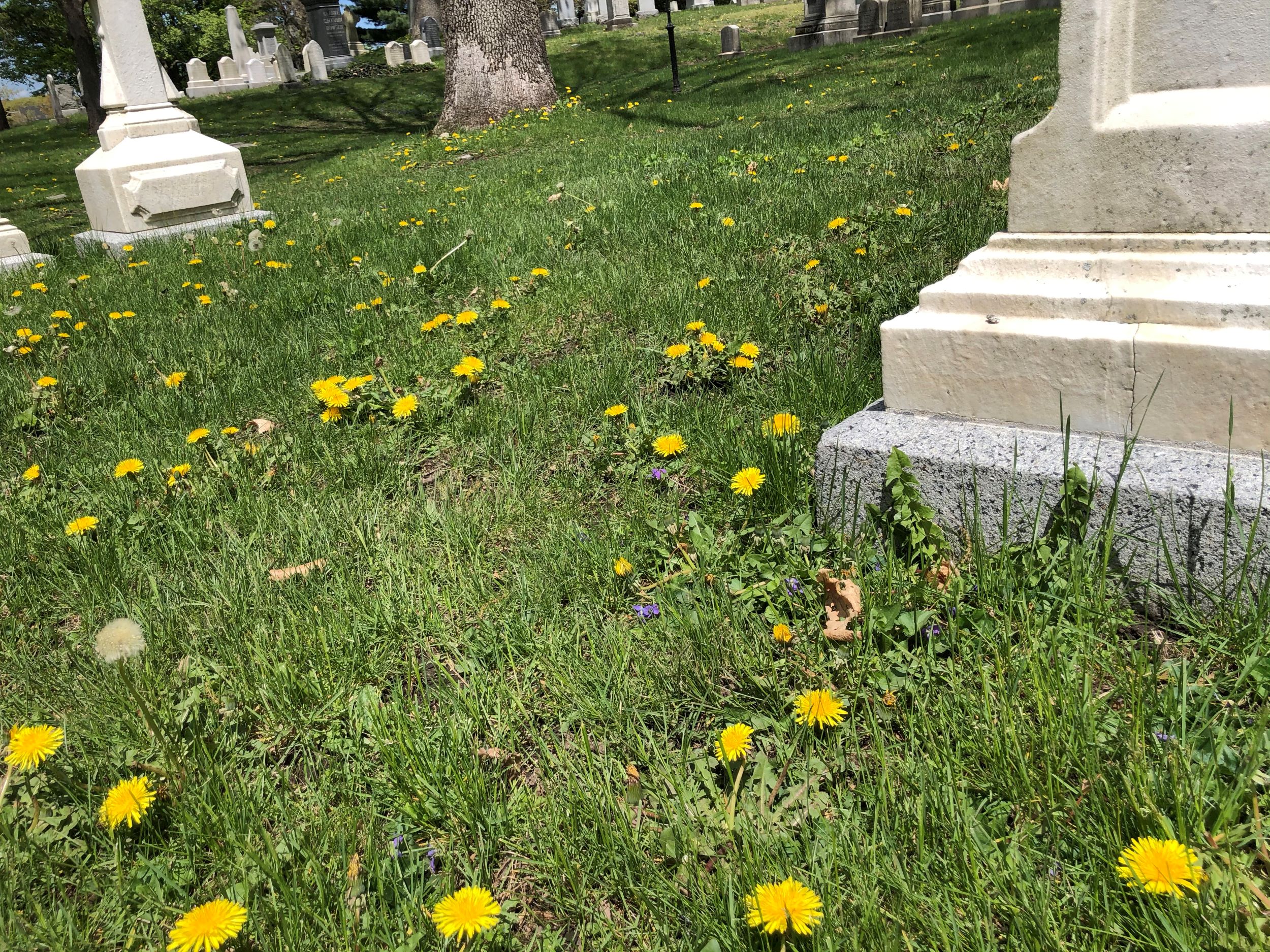
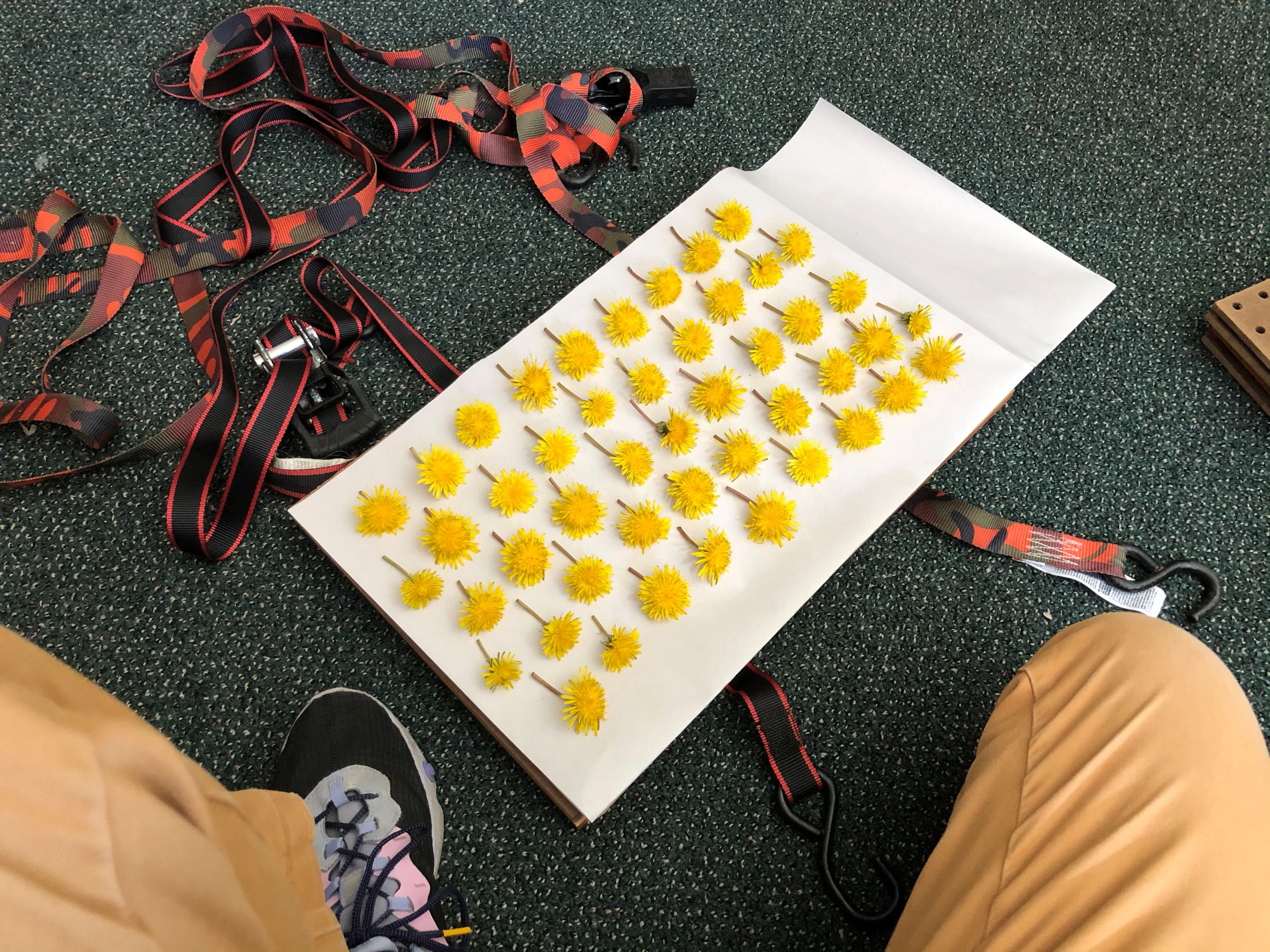
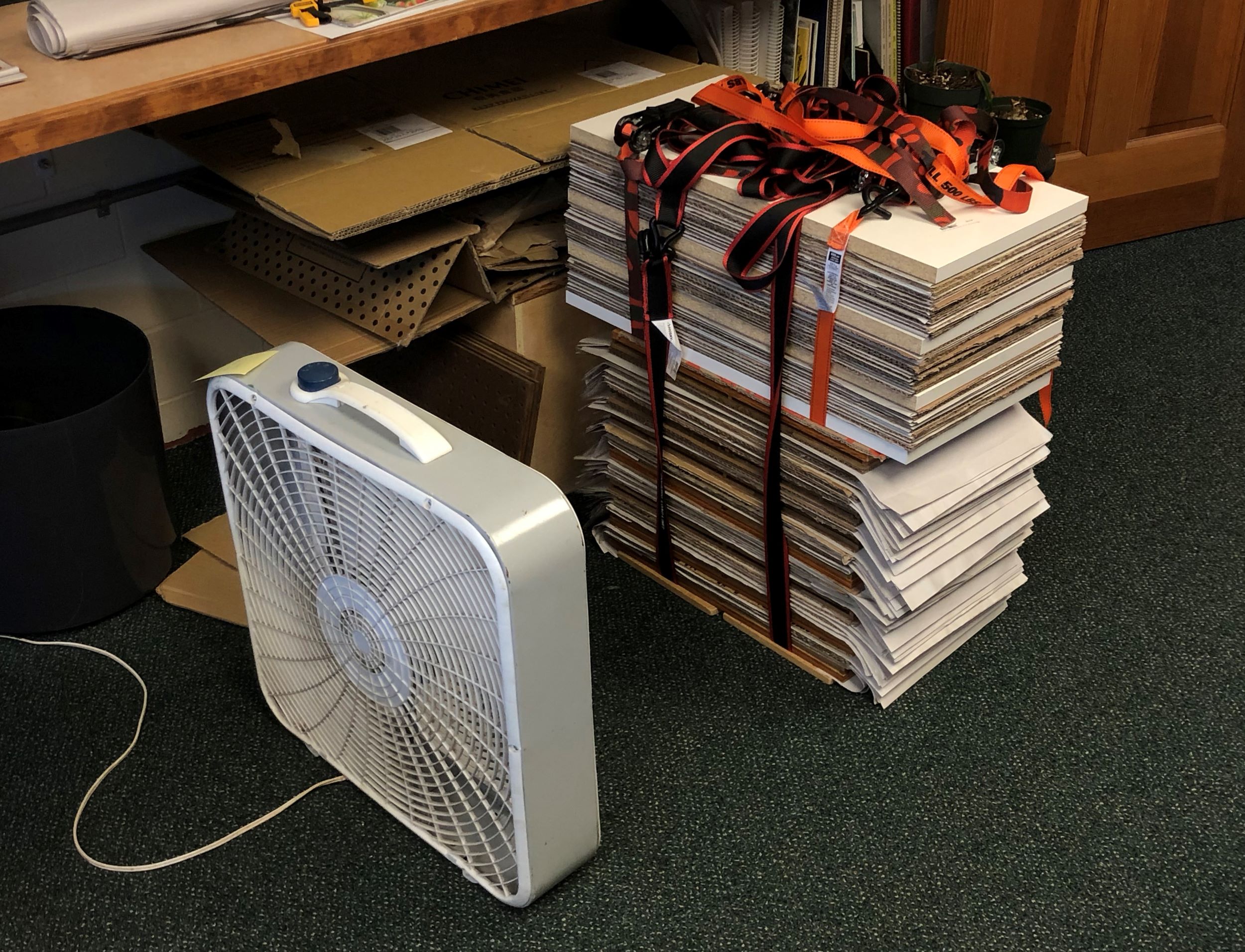
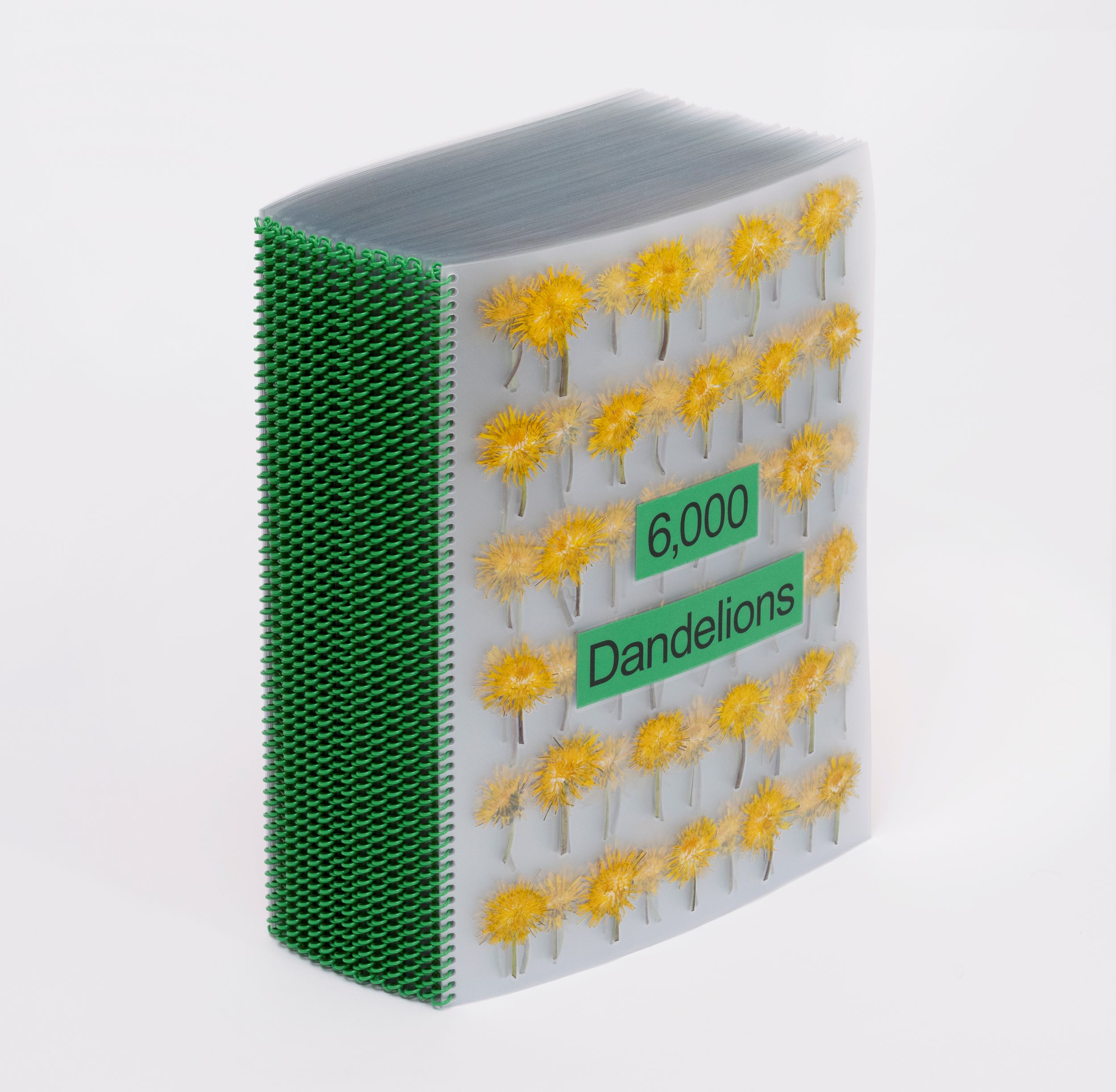
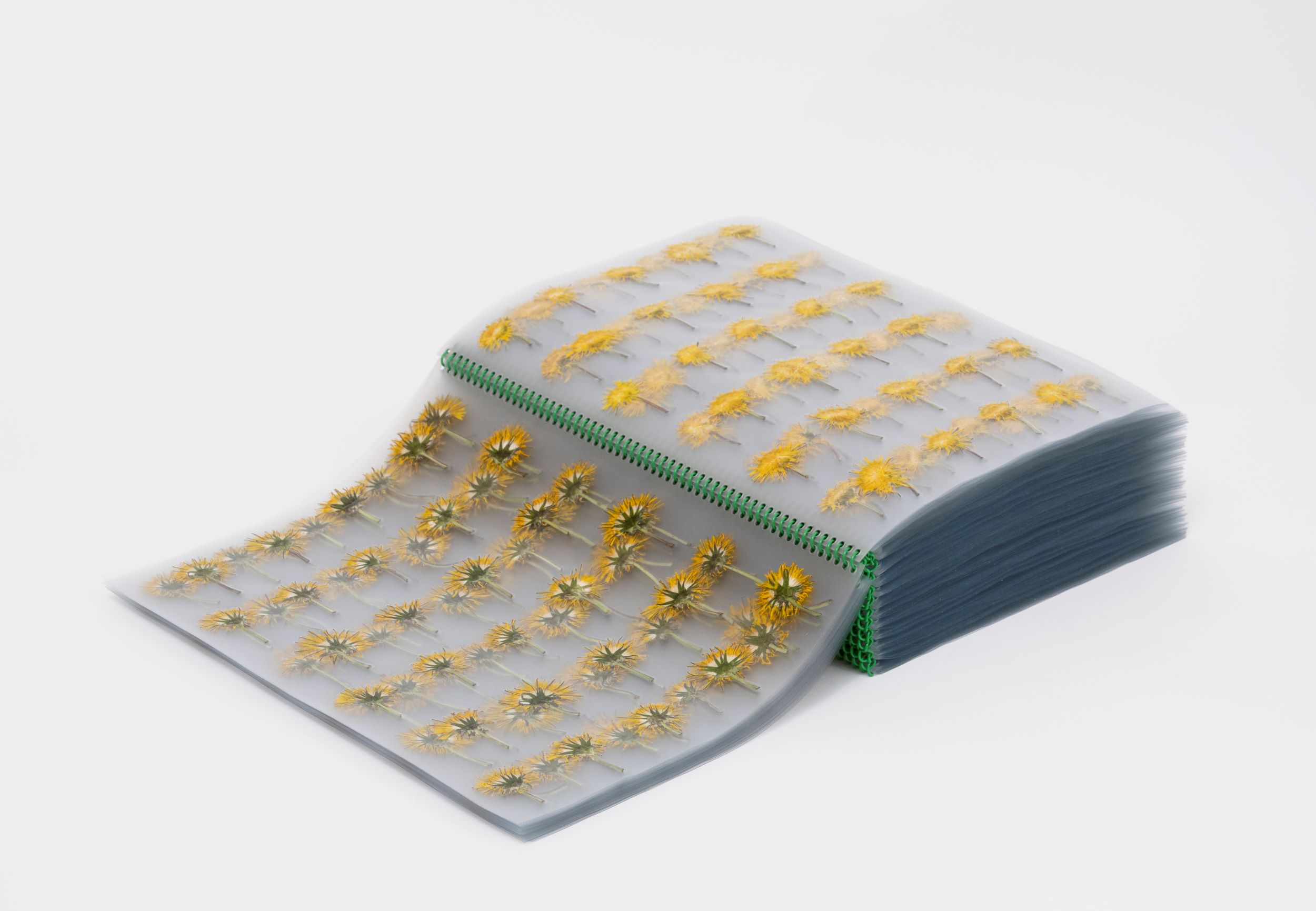
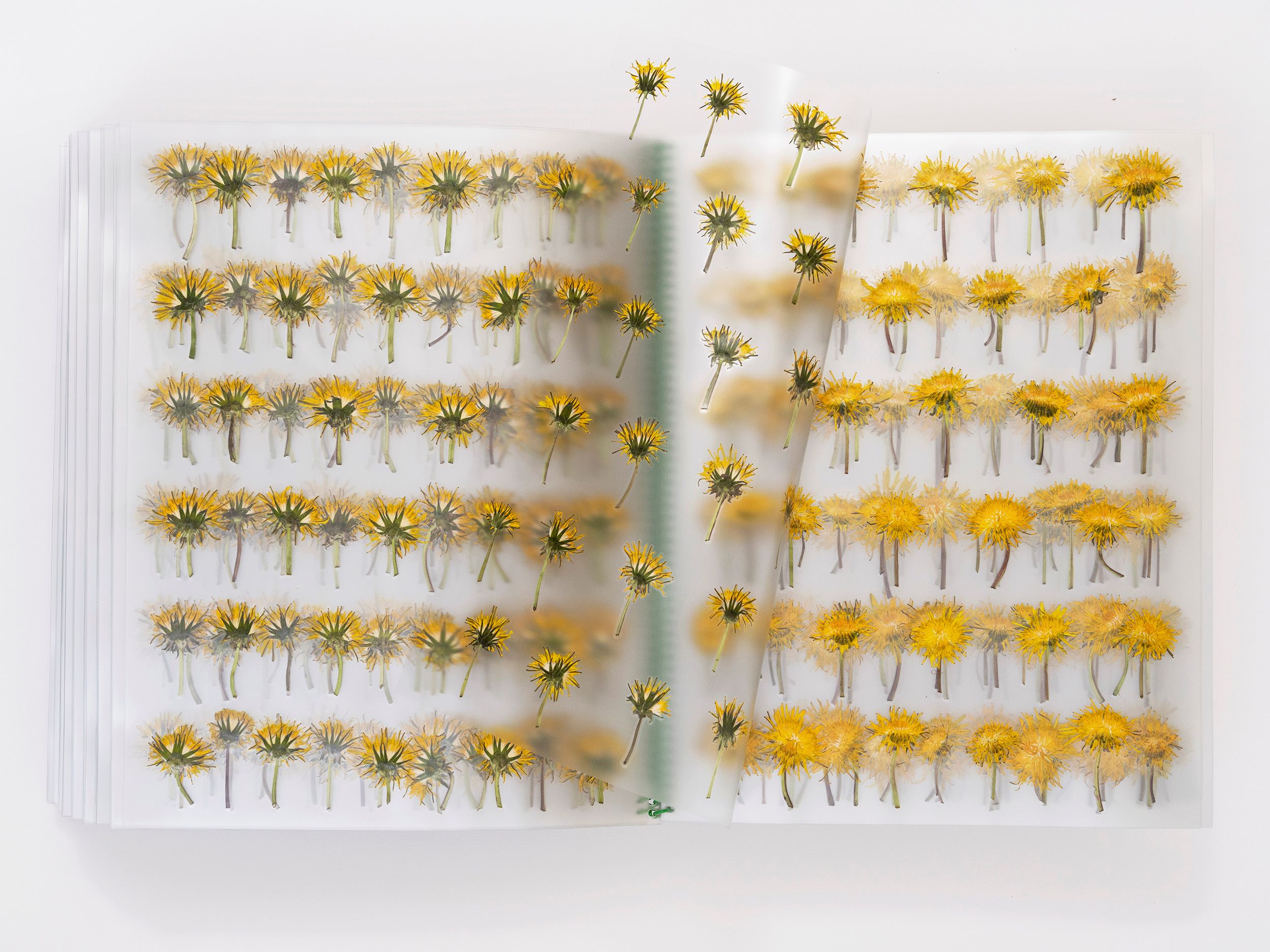
Comments